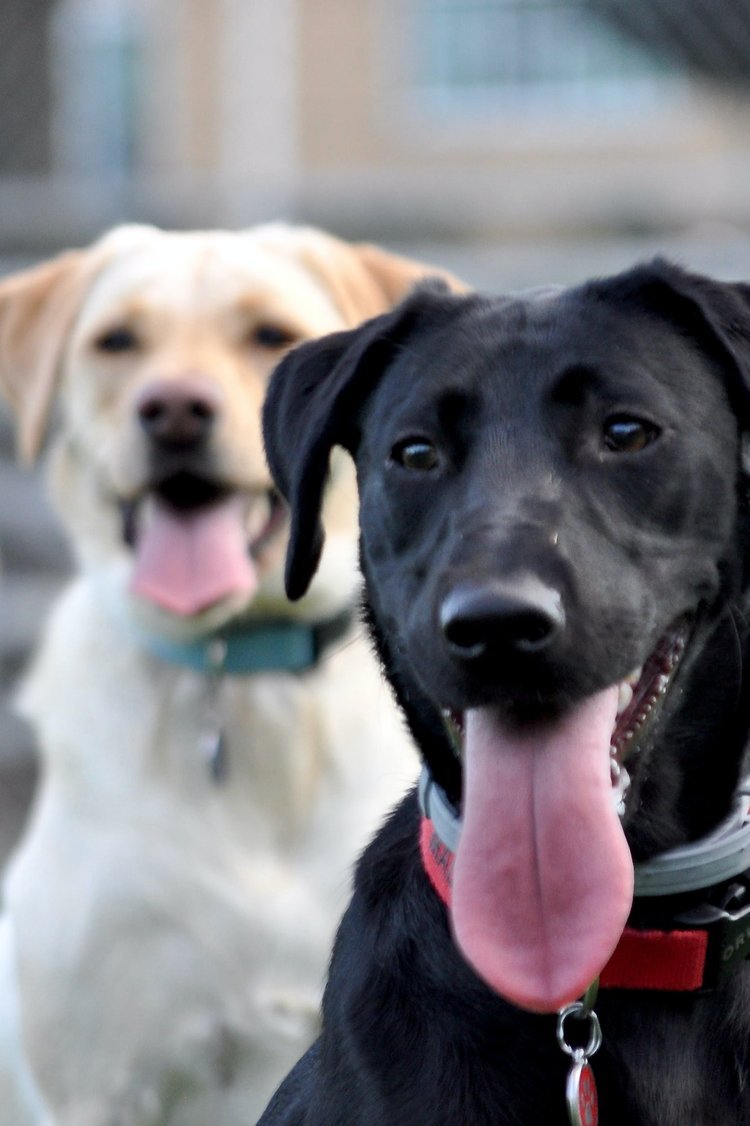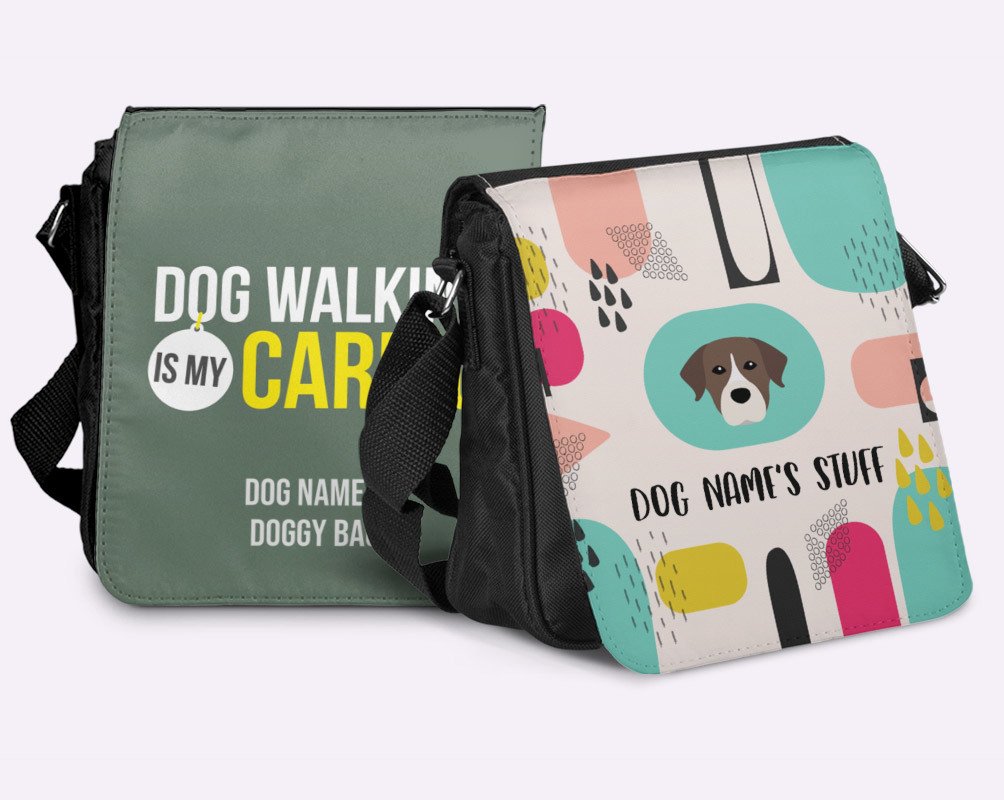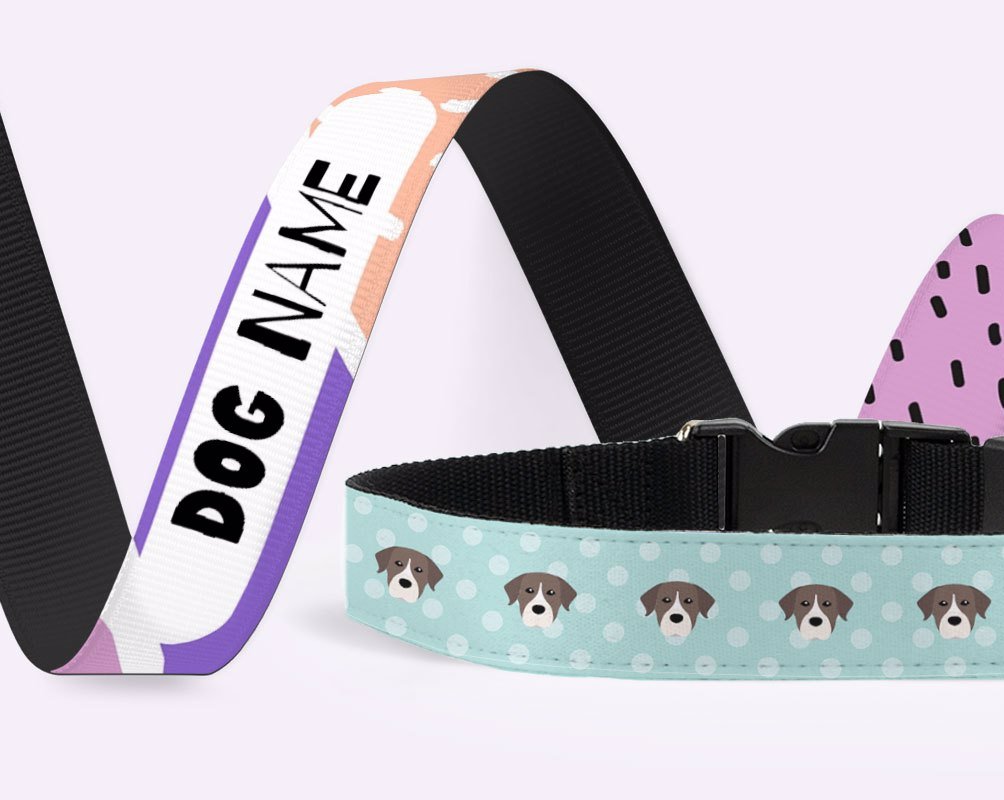How to Teach Dogs to Play Together
Have you ever taken your pup to a family gathering where other dogs are present, or to the park, and they’ve acted strangely or aggressively with other pups? It’s not uncommon for some dogs to act this way, but they just have to be shown to socialize with others. If you’d like to learn how to teach dogs to play together, continue reading our informative guide.
Getting started
The process of teaching a dog to play with other dogs can be a stressful one. But, with patience and time, it’s extremely rewarding. And, once completed, you’ll be able to take your pup with you to family events and parks without worrying about any unnecessary aggression.
To help you teach your pup how to play nicely with others, we’ve put together this helpful guide, but please be aware that this may not suit all doggies and should not be used in place of professional advice.
To get started, you’ll need to stock up on dog treats to reward positive behavior. You need to be able to motivate your pup to display a positive attitude towards other dogs and people, and food and treats are an excellent way to do it. If you have an older pup who has experience of being anti-social, then it will typically take a little longer to teach them than it would a younger dog. But remain patient.
Here are a couple of different methods of how to teach dogs to play together:
Open Bar
Gentle Familiarisation
Open Bar method
The open bar method of teaching dogs to play together involves stocking up on lots of dog treats and encouraging play with other pups. Here’s how you can follow the process to teach your pup:
Stock up on treats - Purchase lots of little dog treats that your pup can nibble on throughout the day. This method involves associating the presence of other dogs with happy talk and delicious treats for your pup. Make every encounter with another dog positive and exciting, so your pup will want to play with them.
Open the bar - When out for a dog walk, if you spot another dog in the distance, start talking to your furry friend in a happy and animated way. During this conversation, give them a treat and make another dog being in their presence a trigger for positive attention and rewards.
Close the bar - As soon as the other dog leaves your presence, stop the happy talking and return to normal behaviour. If you repeat this process every time you see a dog, your pup should start to associate the sight of other dogs with happy things.
Encourage play - Now is the time to let your pup play and get close to other dogs. Stay present throughout so you can react if things start to turn negative and maintain control. Your presence will also make your dog feel safer and more comfortable, especially if you continue with your happy and upbeat demeanor whilst providing treats.
Close the bar for good - After weeks of several positive encounters with other dogs, you should have started to see positive results with your pup’s behavior. At this point, seeing other dogs in any environment should be a positive experience for your canine friend, so you should be able to shut up shop for good. Remember to always stay vigilant while interacting with other dogs, though, even though your pup has improved.
Gentle Familiarization
The gentle familiarization method involves encouraging interaction with another dog that your pup is already familiar with, gently easing them into play and socialization to improve their behavior.
Here’s how you can follow this method to teach your dog to play better with other pups:
Familiarization - Using a dog you and your pup are already familiar with (and with the permission of their owner), head out for a walk to a park or meet up somewhere private so the two dogs can bond and socialize.
Slow approach - Firmly hold your dog by your side with their leash and slowly make your way over to the other pup. Ensure that you are between the two dogs because this makes your own pup feel a lot safer.
Reward - While approaching the other dog and standing near them, reward your pup with little treats and positive reinforcement while they look calm and happy. Continue with the praise and rewards while you walk around the other dog, allowing your pup to sniff them.
Upgrade to play - When everyone is comfortable enough, loosen your grip on the leash and allow the dogs to get closer in order to commence some play time. Remember to give your pup constant praise and reassurance and, if you’re confident enough in their behavior, let them both off their leashes.
Introduce other dogs - If this meeting and others with the same dog have proved fruitful, and your pup’s behavior has improved, it’s time to introduce other dogs. Just repeat the same process as above with them and see how your dog does.
Walkies with Yappy
Make sure you’re fully kitted out for your next walkies session with the pup! At Yappy, we have a wide selection of dog walk essentials, including leashes and collars and walking bags. Or why not keep yourself hydrated while out exercising with your own water bottle or travel mug?
If you’d like to know more about what Yappy offers, don’t hesitate to contact us on help@yappy.com.









